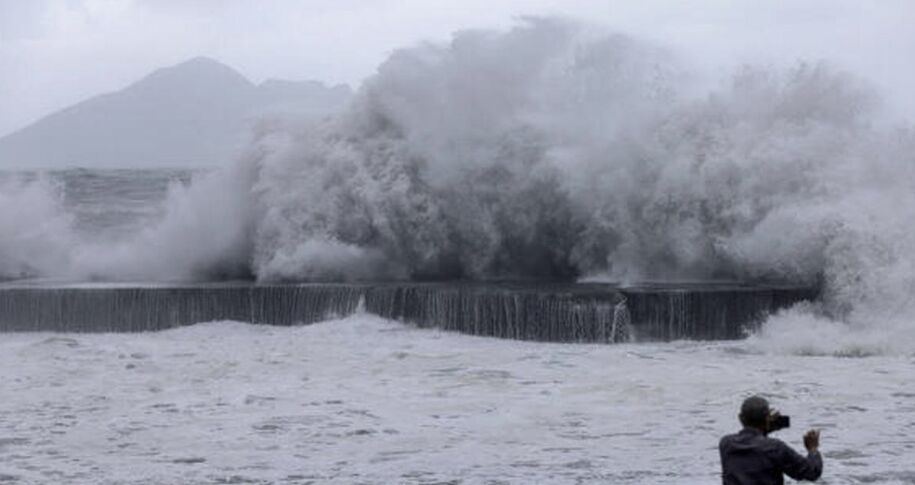Typhoon Haikui Batters Fuzhou: Massive Damage, Displacement, and Record-Breaking Rainfall
Typhoon Haikui wreaks havoc in Fuzhou, China, leading to widespread damage, displacement, and suspension of schools and public transportation. Heavy rainfall and flooding cause economic losses and highlight the need for preparedness.
Typhoon Haikui has caused significant damage and displacement in Fuzhou, located in China's Fujian Province. According to reports from Global Times, approximately 36,000 people have been relocated and schools and public transportation have been suspended as a result of the storm. Heavy rainfall has affected 924 townships across seven counties, cities, or districts in Fuzhou, with precipitation reaching over 250 millimeters and a maximum of 439.7 millimeters in Gaishan town in Cangshan district.
This level of rainfall has broken previous records set by Typhoon Longwang in 2005. The Wushan National Meteorological Station recorded intense precipitation, exceeding that of Typhoon Doksuri which made landfall in Fujian in July. The severity of the rainfall has caused multiple reservoirs to exceed flooding limits and has resulted in extreme waterlogging, with pools of water measuring up to 1.4 meters on the ground and nearly 4 meters deep in some areas. Over 80 locations across the city's downtown area have been affected by the flooding. As a result, public transportation including subways, buses, and railways in Fuzhou were suspended, adding to the challenges faced by residents.
The Education Bureau in Fuzhou City has issued a notice extending the suspension of classes across local schools and training institutions. The typhoon has also caused significant economic losses, estimated at 552 million yuan, due to the flooding of farmland and the damage to roads, bridges, and properties. Power lines have also been affected. The local traffic police have advised residents to remain indoors unless absolutely necessary. To address the potential for further disasters, a red alert has been issued for geological disasters in certain areas. These events are a part of a pattern of natural disasters that have affected China in recent months.
In August alone, 8.887 million people faced various natural disasters, resulting in the death or disappearance of 168 individuals, the relocation of 547,000 people, and severe damage to thousands of houses. Five typhoons developed in the northwestern Pacific Ocean and the South China Sea during August, including Typhoon Khanun which caused severe thunderstorms in the northeastern part of the country. Approximately 88,000 people were affected by this particular typhoon, with economic losses amounting to 920 million yuan. These events underscore the importance of preparedness and resilience in the face of extreme weather events.




